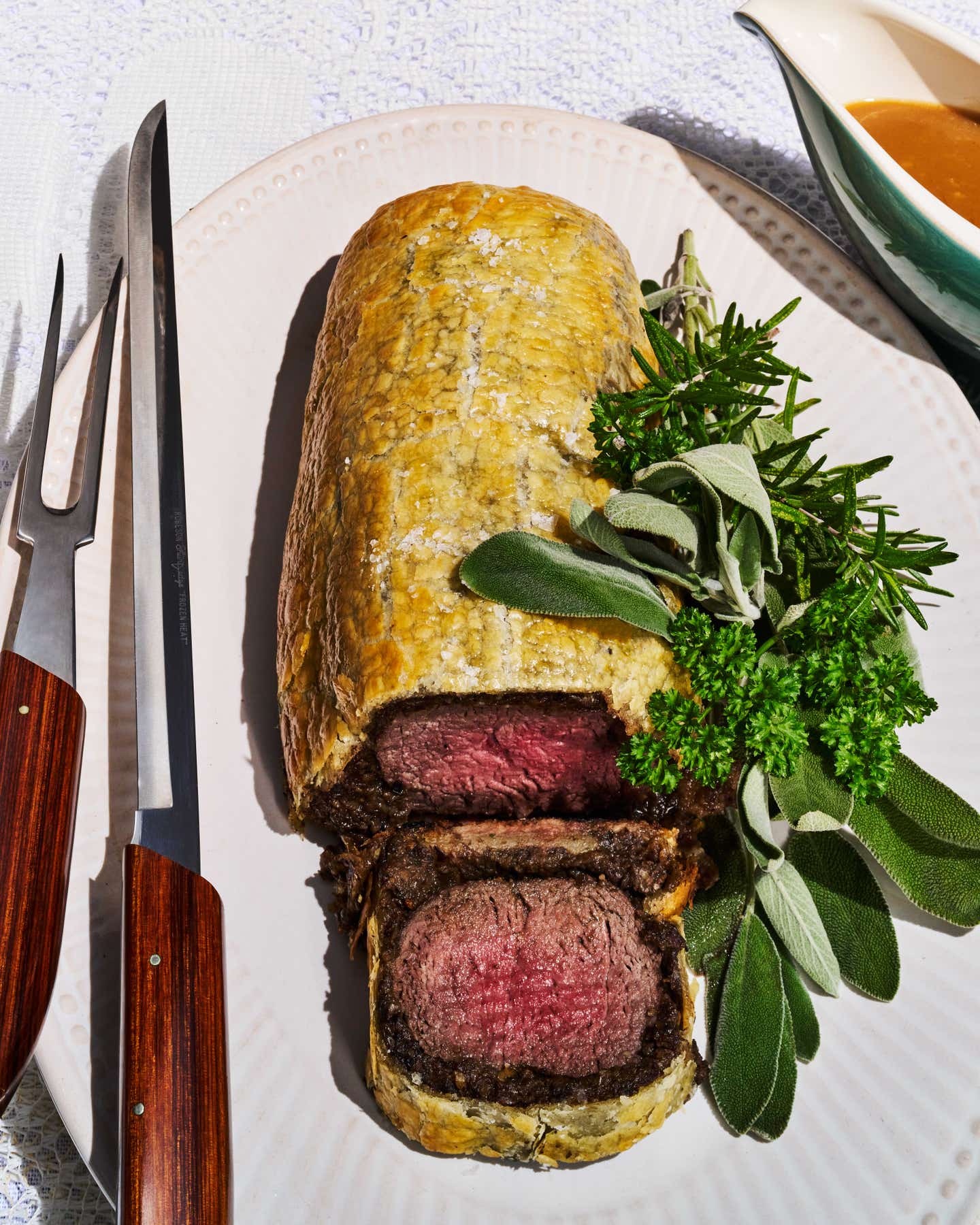
1. Fresh ham, the uncured haunch of a hog, can be cured by several different methods. Traditional hams are dry-cured with salt and aged for months, even years, the result being a preserved meat that's deep red and intensely flavored.
2. One of the world's best-known dry-cured hams is prosciutto di Parma, from Italy's Emilia-Romagna region; its creamy flavor is due in part to the fact that the pigs are fed whey left over from the making of Parmigiano-Reggiano cheese.
3. Speck, from the northern Italian province of Sudtirol, is made from deboned, flattened hams that are rubbed with salt, juniper, and herbs before being cold-smoked with beech wood.
4. Emilia-Romagna's lean, musky culatello is made from the interior muscle of the hind leg; the cut is wrapped in twine and aged for 12 or more months.
5. Spain's famous dry-cured serrano ham is typically aged for two years; the version known as jamon iberico de bellota is made from black hogs that forage for acorns.
6. Country ham is a catch-all term in the U.S. for dry-cured hams that are aged for at least six months; their cures may include pepper and sugar, and the hams may or may not be smoked.
7. Wet-cured hams, like the precut spiral ham, are injected with a brine solution instead of being dry-cured.
8., 9., and 10. Other wet-cured varieties like France's jambon de Paris and American deli hams are pressed into a mold; the same goes for most canned hams.
11. Over the years, wet-cured varieties that mimic older, dry-cured styles have developed. The deli meat known as Black Forest ham is a wet-cured ham cooked and seasoned so that it resembles Germany's Schwarzwalder Schinken, whose thick rind is the result of smoking over fir needles.
12., 13., and 14. Some hams come not from the pig's leg but from the muscular shoulder. Tasso ham, a smoked, dry-cured Cajun ham from the shoulder, is spiced with cayenne and often used as a seasoning, much like dry-cured smoked ham hock. Some ham producers have taken to marketing wet- and dry-cured picnic hams, also from the shoulder.
15. A different use of shoulder meat is in Spam, the spiced, canned ham introduced in the United States in 1937; a whopping 100 million cans of it are sold in the U.S. every year.
Keep Reading
Continue to Next Story










